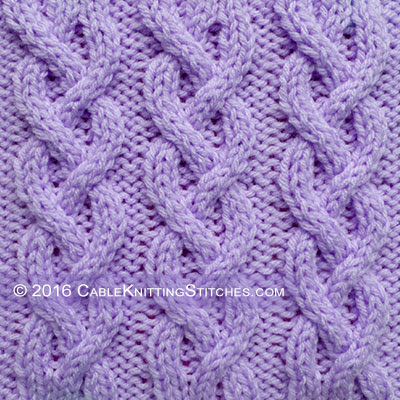I am a knitter and I want to design my own turtleneck sweater with lots of cables. Obviously I have to get the gauge of the cables I want to use first before I can see if I need to subtract a cable or not and I need to knit a swatch of basically half the sweater that is as long as my other swatches to see how the cables interact with one another(because the gauge might change when I start adding cables on each side of another cable from the original gauge of just the individual cables) and figure out how many extra stitches to add and all the rest of that.
Here are the cables I plan to use:
Celtic Knot 64 rows 40 stitches
Diamond with Moss 32 rows 18 stitches
Saxon Braid 16 rows 28 stitches
3 strand braid 8 rows 11 stitches
Twist cable: 4 rows 8 stitches
With the twist cable, I plan to have the right leaning and left leaning right next to each other on the sweater(which by the way, I plan to knit seamlessly and graft the sleeves to the sweater).
Since I plan to graft the sleeves to the body of the sweater and the sleeves are knit in the round with no areas of flat knitting that automatically makes it a drop shoulder sweater right? I plan to have my sweater be 1 of 3 types. Either it will be curved to my body(so thinner waist, wider hip and bust), it will be without any shaping, or it will be A line. I think A line would be best for me because I am plus size(curved to my body would just accent my plus size which obviously I don't want). I plan to knit it with worsted weight yarn because I can more easily find worsted weight for a good price than any other yarn weight. I have done gauge swatches with several yarns and from my experience, gauge does not change from 1 yarn to another as long as they are the same fiber and yarn weight(so like worsted weight acrylic for example). Different fibers at the same weight, made in different ways(so like plied yarn vs ribbon yarn), and same fibers at different yarn weights all have different gauges though.
So besides gauge, my measurements, shoulder type, stitch patterns and sweater shape, what else do I need to take into consideration when designing a sweater?




